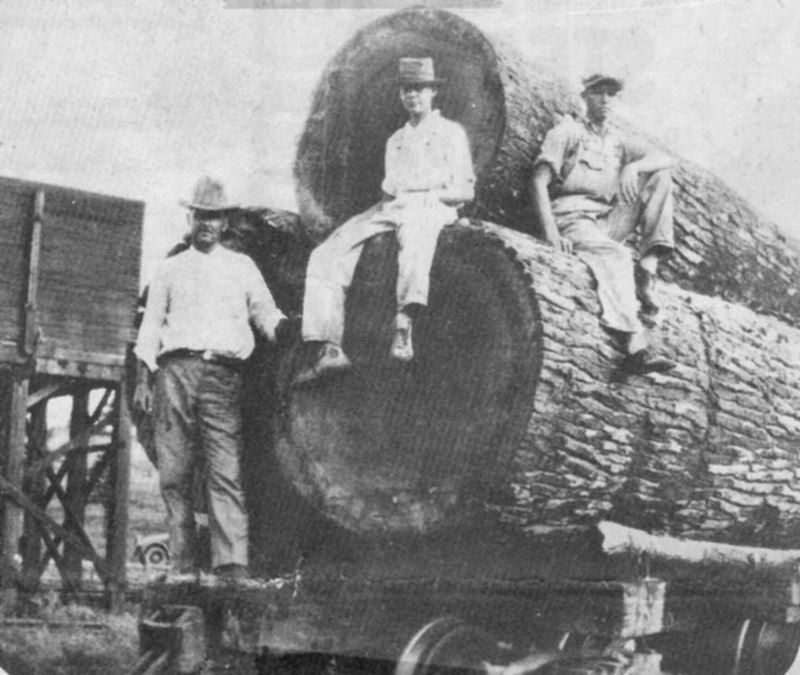 |
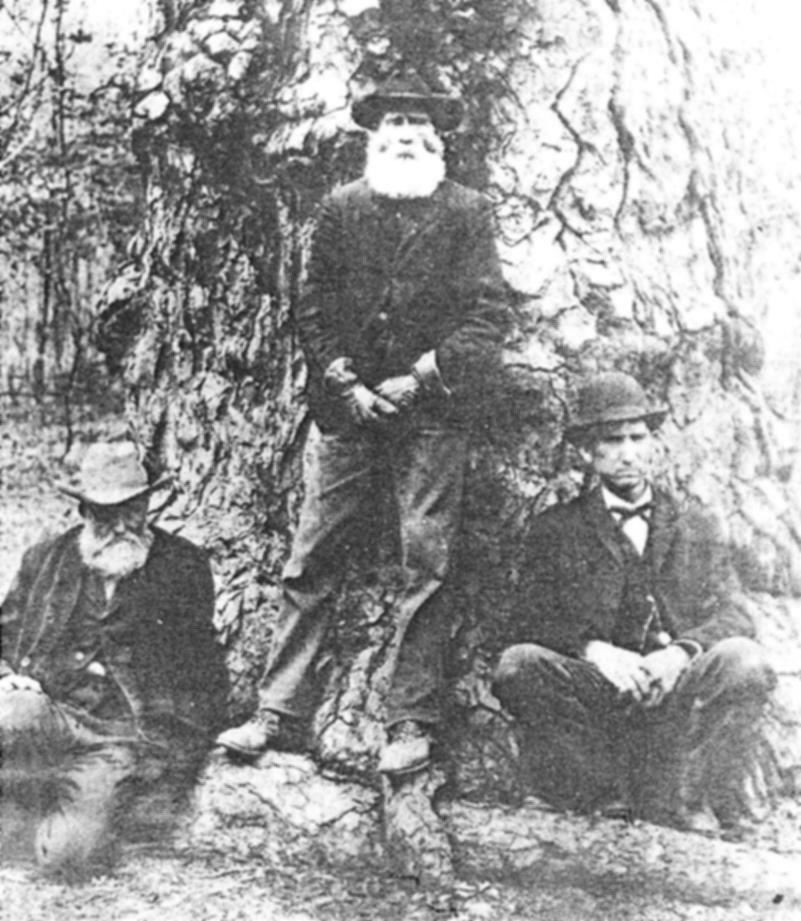 |
|
Ragtown Lumbermen - Arthur Bell, standing on left
, was |
Largest tree in Shelby County, located near |
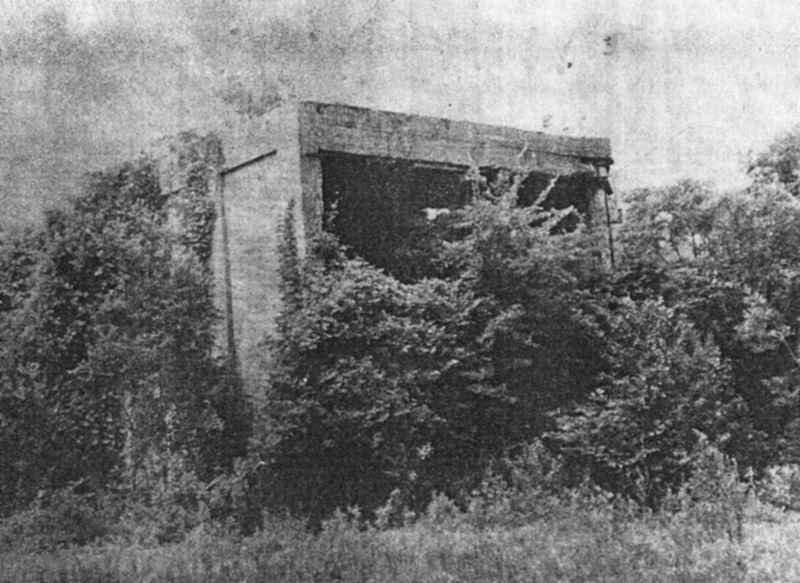 |
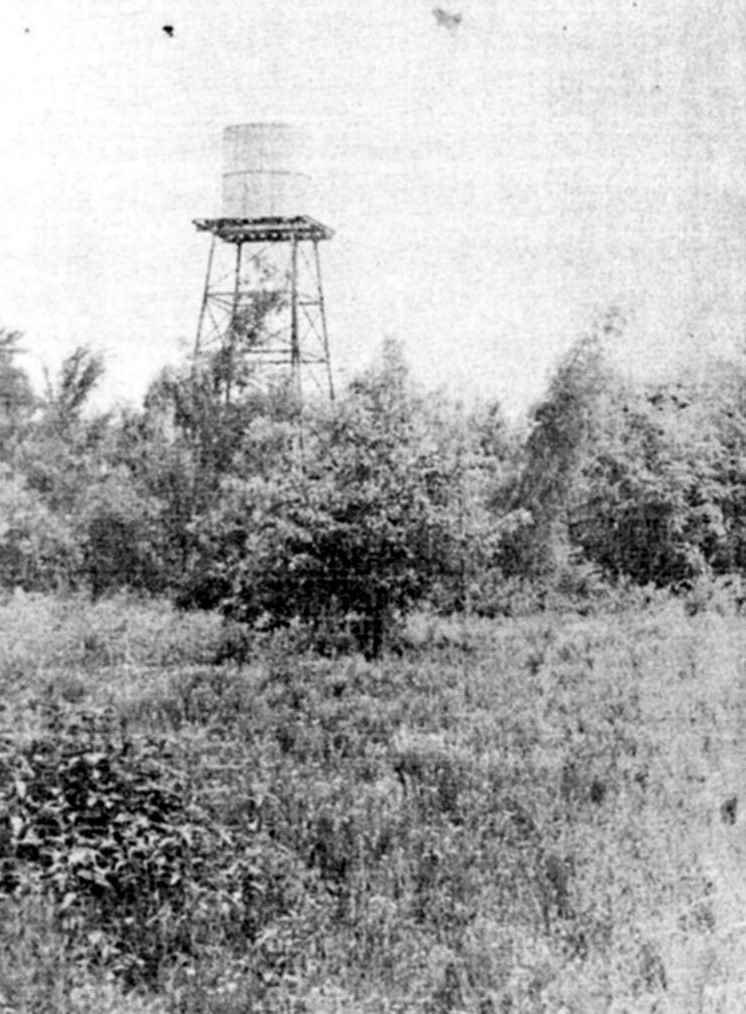 |
| Abandoned Building just south of Highway 84 at Halsam | The water tower, abandoned |
Pickering Lumber Company
Forestry in East Texas
 |
 |
|
Ragtown Lumbermen - Arthur Bell, standing on left
, was |
Largest tree in Shelby County, located near |
 |
 |
| Abandoned Building just south of Highway 84 at Halsam | The water tower, abandoned |
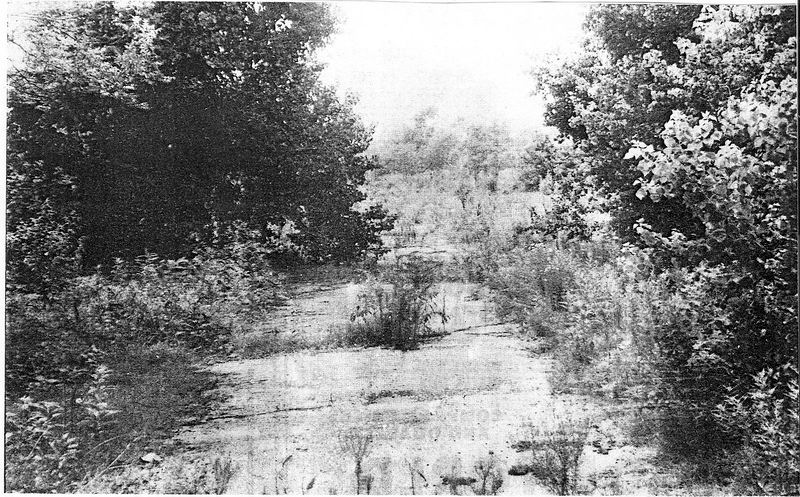 |
Lost pathway -- Cement path, which appears to have been one a narrow road, leads through bushes and weeds that nearly cover it to remains of Pickering Sawmill in Halsam.
Soon after the arrival of the railroad in East Texas in the 1880's, East
Texas was open wide to lumbering. There was sawmills in East Texas,
however, after men cut trees and the logs laid on the ground until weather
made travel possible. Ox teams dragged the logs to the Sabine River, where
the timber was joined into rafts. When spring floods came, logs were
floated to Orange. The railroad, however, changed all this. The
rails meant tram lines; privately owned railroads built by lumbermen into the
woods on which timber could be hauled to local shipping points. The rails also
meant shipment to Houston, Shreveport and other markets.
One of the largest lumbering companies to operate in Shelby County was the
Pickering Lumber Company. Its main Texas mill was established in Haslam
about 1913, on the extreme eastern edge of the county and of the state. At that
time, East Texas' loblolly and short leaf pine forests were almost untouched.
The company initially installed a small planer in Center, and may have
considered locating a large mill there. Rumor had it that the tax
structure wasn't favorable. There's a suggestion perhaps Center didn't
want a sawmill so close.
Pickering Lumber Company began much earlier. In an article, April
21, 1906 issue of the "American Lumbering," the article identifies Pickering as
being William Russell Pickering, a native of Missouri.
William Russell Pickering, was born in 1949, he was the son of an English
immigrant. He made his entry into the business would in 1972 with lead
mining interests near Joplin, Missouri. Later he became a partner with
Ellis Short. Eventually, their business reached from Missouri into
Arkansas. After the partnership with Short in the early 1890's.
In 1894, the W. R. Pickering Lumber Company was organized in Springfield,
Missouri. By 1906, active control of the company was in the hands of the
son of William Alfred Pickering. Born in 1870, he had taken over the
company at the age of 19, during a period of ill health of his father.
In 1898, the Pickerings bought timber land in Vernon Parish, Louisiana.
There, they constructed a mill and named the community that grew up around it "Pickering."
In 1906, Pickering Lumber owned 100,000 acres in Shelby, San Augustine and
Sabine Counties, property which was estimated at $2.5 million.
W. A. Pickering had met up with an old school mate named Haslam, while on
a tour of his father's business. W. A. became Vice President of the
Pickering Lumber Company, and Mr. Haslam came to the company as General Manager.
Mr. Haslam drew blue prints of the new Shelby County sawmill, planer, light
plant, log pond, shop, tram roads, offices and hotels and residences for
employees. As the worked began, in 1913, it needed a name and of course it
was called "Halsam.
Two years later, the sawmill was in operation, complete with 25 acres of
log ponds, and trains complete and ready for rails delving even further into the
forest. These camps were call "Front Line Camps" and some of these camps
became towns of their own. There was Camp Brittain near the East Hamilton
area and another had a school known as Bedford School.
Pickering Lumber Company quit operating in 1931 and operations were
transferred to California. The company still held the title to its lands
in Texas, but were untouched for many years. In 1935, the government began
buying lands in Texas to establish National Forests. By the time the
Pickerings began selling land to the Federal Government, they owned 120,000
acres in East Texas. About 73,700 acres of Pickering land land is now part
of the Sabine National Forest. The government paid an average price of
$2.82 an acre for the land. Angelina National Forest and Davy Crocket
National Forest were purchased for $8.90 an acre. The sawmill at Halsam
was sold to W. C. Garrett, who operated it as a Hardwood mill for some years
under the name of "May Brothers." The balance of land with building went
into private ownership.
Mr. W. I. Davis, Sr. served as the attorney of the Pickerings, assisting
them to liquidating the company's Texas Assets.
Edited from East Texas Light - 1979
Patricia McCoy
Dr. Robert W. Maxwell
Mrs. L. S. Muldrow